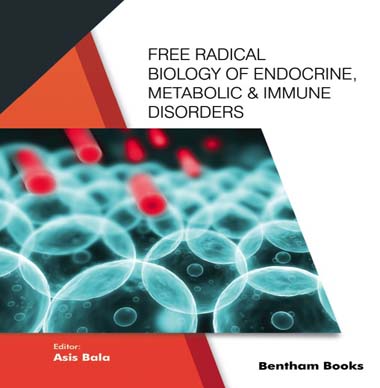Abstract
Rheumatoid arthritis is a chronic inflammatory condition with an impact on
the musculoskeletal system characterized by both synovial hyperplasia and bone
degeneration. Rheumatoid arthritis is a systemic and auto-immune illness that results in
polyarthritis, particularly in the bone joints. Although the cause is unknown, it is
assumed to be a multi-factorial disorder with both inherited and environmental factors
as perceived causative factors. Patients with rheumatoid arthritis have higher genetic
and protein expression of nuclear factor erythroid 2-related factor 2/heme oxygenase 1
(Nrf-2/HO-1). Nuclear factor erythroid 2-related factor 2 (Nrf-2) is involved in the
maintenance of inflammation as well as the regulation of adaptive and innate immune
responses. Pro-inflammatory mediators are among the numerous agents involved in the
development of arthritis. The reduced level of Nrf-2 is another important component in
the pathogenesis of rheumatoid arthritis. Nrf-2 attaches to the antioxidant response
element, which encodes antioxidant enzymes that inhibit the generation of free radicals
and reactive oxygen species, resulting in a reduction in inflammation. The upregulation
of Nrf-2 could be investigated as potential new therapeutic avenues for rheumatoid
arthritis treatment. This chapter provides a thorough understanding of Nrf-2
mechanisms, which is a prerequisite for rheumatic illness clinical trials, and the
developments in the management and treatments for rheumatoid arthritis. The
activation of Nrf-2 could lead to the development of adjuvant medicines, which would
boost cellular responses to other treatments. To facilitate the development of new
therapeutic medicines, these new ideas associated with the Nrf-2 pathway must be
explored.
Keywords: Antioxidant, Arthritis, Heme oxygenase 1, Inflammation, Nuclear factor erythroid 2-related factor 2.






















